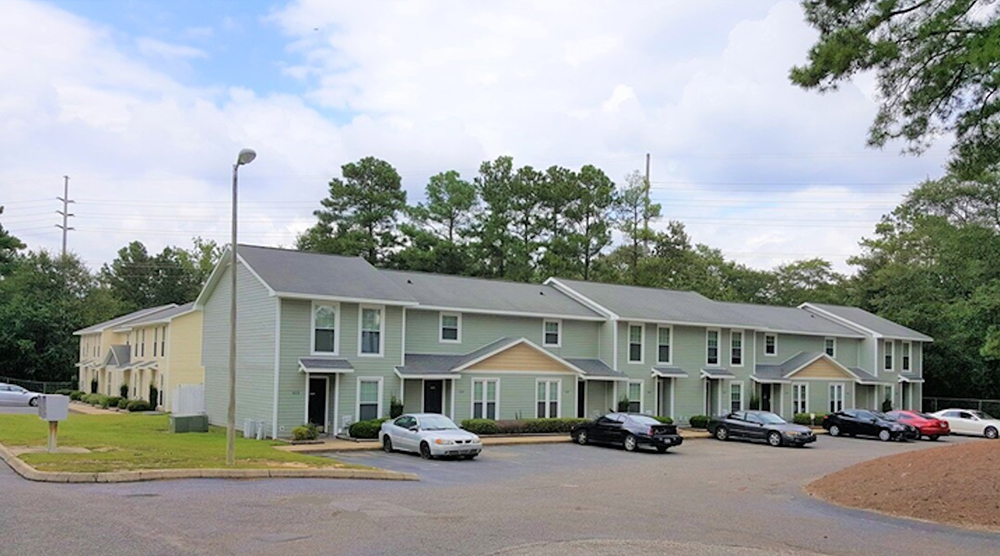News: Financial Digest
Posted: March 7, 2013
Moving into the Millennium Generation: How should we market to, work with and teach or train them?
Much conversation is taking place surrounding the Millennial Generation. How should we market to them, work with them, teach or train them, what can we learn from them, and, where and how will they choose to live?
One comment on a recent blog said, "Who cares?" Well, with over 80 million Millennials by 2020, a better question might be, "Who doesn't care?"
According to multifamilyexecutive.com, the current balance of federal student loans nationwide is $902 million and there is an additional $140 billion in private sector student loans, therefore, student loan payment obligations will continue to be a driving factor affecting Millennials' spending and what they can afford.
Staying mobile tends to be important to Millennials. They are flexible when it comes to travel and are more likely to relocate for greater opportunities. A recent Apartments.com survey reveled that relocating for a job opportunity is the number one reason that respondents listed for planning to move in 2012.
Luxury in the past may have meant marble bathrooms and luxury features. But to this generation amenities are less about luxury and more about flexibility, affordability and sociability. Proximately to transportation will probably trump granite countertops. The city and its attributes and community are now considered important "amenities" to this group.
One professional group that I network with recently held a Q&A with multifamily real estate developers and bankers. There was a lively exchange of development or redevelopment ideas that are currently circulating today including: dorm style apartments where young people would continue on with a similar style of living as they experienced during college, micro apartments with units approximately 300 s/f (+ or -), and flexible floor plans that allow for moveable walls and spaces.
Most of the participants in the room agreed that for many in our new generations, luxury would be traded for affordability and flexibility. But, how long would people want to live in these newly styled communities once they got married and had families? The answer may be in the new life-cycle choices of the Millennials. They are not as ready to marry, move to the burbs and start a family in the same time frame as their parents, if they choose this path at all. This may make this new model of housing attractive for a longer period of time, coupled with the 22 million Millennials who are currently entering, or that will soon enter the housing market. There doesn't seem to be an impending shortage of demand.
So, how does Boston fit into the needs and desires of the Millenials? Does Boston provide what Millenials are looking for and need to the extent that we can retain them on a long-term basis?
Without a doubt anyone living in Boston enjoys living in a clean, beautifully maintained city. I for one deeply appreciate the effort that our city puts into public parks, transportation, and the importance of connecting the various neighborhoods (and surrounding towns even) to one another. I enjoy feeling safe, even at night, while walking my dog or just venturing home from a long day at work. I use our public transportation but enjoy the flexibility of utilizing taxis or Uber. We have wonderful museums, hotels, restaurants and shopping, while surrounded by the stunning architecture of old and new. Although a Gen-Xer myself, my needs are closely aligned with those of the Millenials.
Without adding a more affordable alternative for the Millenniums, will all of these wonderful Boston attributes be reasons enough to attract a significant portion of the approximately 350,000 students to remain in Boston, or Massachusetts for that matter, after graduation? In order to keep the best and the brightest here, we should get busy creating more housing opportunities that, when coupled with the great City we already have, will meet the Millennials needs.
Joann Gannaway-Breuer is managing partner at HG Cornerstone, LLC, Boston, Mass.
Tags:
Financial Digest
MORE FROM Financial Digest
Preservation of Affordable Housing secures $23.5 million in financing from Rockland Trust and Citizens Bank
Cambridge, MA The nonprofit Preservation of Affordable Housing (POAH) has secured $23.5 million in financing from Rockland Trust and Citizens Bank to transform a 150-year-old, underutilized church complex into housing. The project will ultimately create 46 affordable family-sized apartments.

Columns and Thought Leadership

Examples of investors who used Kay Properties for legacy and estate planning purposes for rental property/portfolios - by Dwight Kay
Preserving wealth across multiple generations requires strategic planning, foresight, and the right investment vehicles. Delaware Statutory Trusts (DSTs) offer a powerful solution for families looking to build and protect their financial legacy and to efficiently plan for their estate.

Conn. hospitality market: A technical appraisal perspective on market dynamics and valuation challenges (2019-2025)
The Connecticut hospitality market has demonstrated uneven recovery patterns between 2019 and 2025, with boutique and historic properties achieving $125 RevPAR in 2025, up 8.7% from the 2019 level. Coastal resort properties achieved a $105 RevPAR in 2025, representing 10.5% growth since 2019. Casino corridor properties maintained modest growth with RevPAR improving 4.5% to $92 in 2025.








